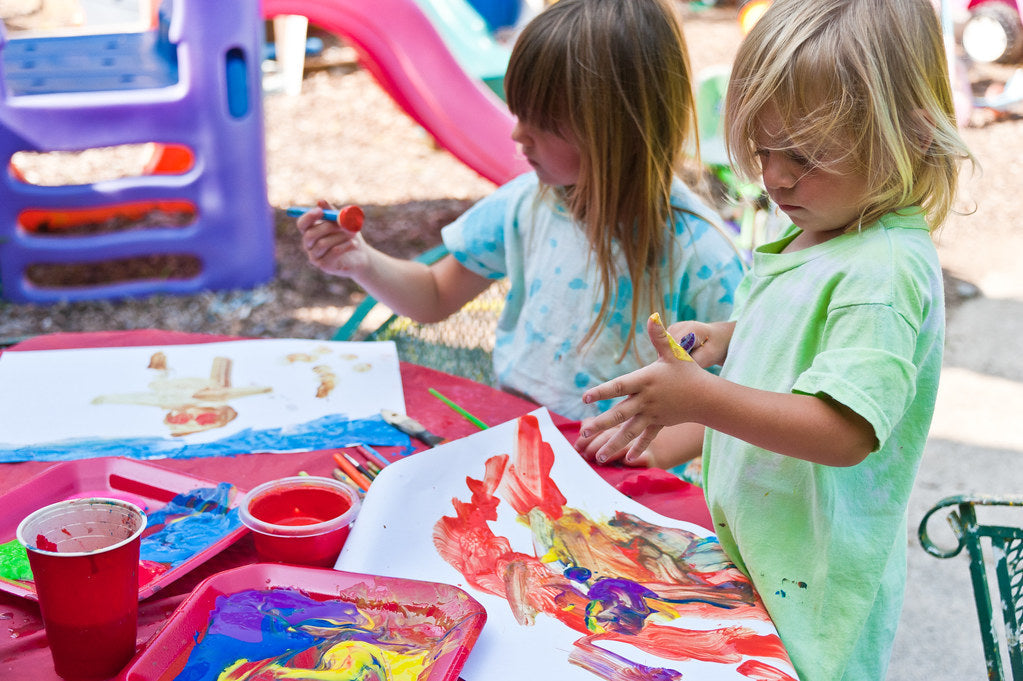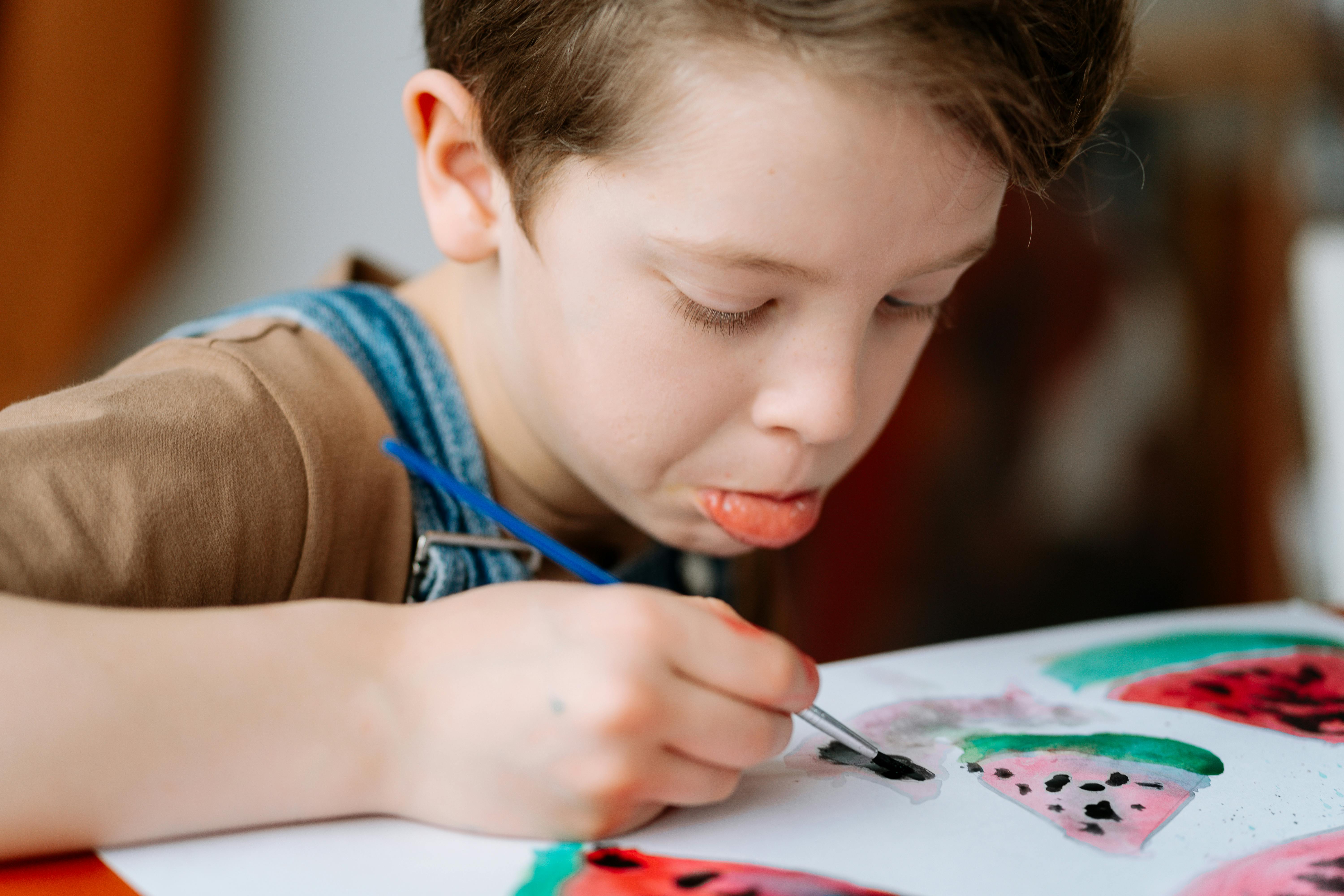
Is It Arts or Crafts?
September 12, 2019
By Beth Herrild
The terms arts and crafts are frequently used interchangeably these days. What is the difference between art and crafts? Does it matter?
When I was an art docent in my daughter’s fourth grade class, the teacher I was working with was getting pressured by some of the parents to create cute projects like the other classes were. She decided she wanted to do a project that the other classes were planning. Each child was given an old vinyl LP record, a stencil of a snowman, and paint. The kids stenciled and painted the snowmen onto the center of the record and then the adults heated the records until they were pliable and bent each one over a bowl form. When they cooled, each child had a decorative bowl made from an old record, with a snowman painted on the inside. While this was a super cute craft, it was not art.
Why does it matter that crafts are different than art? It helps to define them:
A craft is an activity that usually involves creating something tangible; typically used for decoration or some sort of a functional purpose, something like a coaster, coffee mug, a macramé plant hanger or a belt. The activity of crafting engages the makers’ brains and hands; and may require her to learn specific techniques or skills. Fine craftsmanship is something to be respected! Children can learn both specific skills and patience when they engage in crafting. This in turn gives them a sense of accomplishment and pride. It can enhance self-esteem, and teach them that they have the ability to learn and do difficult things. Many adults get great satisfaction from crafting. There is value in making something with your own hands. This is why the scrapbooking industry became a 2.5 billion dollar industry, doubling between 2001 and 2004.

Handcrafted Straw Bags, Hats & Purses
Art, on the other hand, is typically a more unstructured process. It is a tangible expression of emotions, ideas, thoughts, and creativity in a visual form that has some sort of aesthetic value. Though that value can be subjective, in the eye of the beholder, as they say. Art allows both children and adults to explore and express their whole range of feelings. While crafts can require problem-solving, art’s problem-solving is often much more complex, without the framework of a pre-determined outcome. Of course, this is not always the case if art is being taught in a highly prescriptive manner. Read more about that in my blog about Process vs. Pretty Projects. Art teaches children that there is usually more than one right answer when solving a problem, and celebrates different perspectives. An artist can communicate ideas, emotions, and highlight particular social issues. Juliette Ripley-Dunkelberger, a Seattle area ceramic artist, uses her work to draw attention to important social issues, communicate emotion, and build empathy in the viewer. In her artist bio, she says “Through my ceramic figurative sculpture, I convey my personal life experiences; translating physical and emotional sensations into visual representations. I work to make the invisible human experience visible.”

Deluge (left) and Worries Attack (right) by Juliette Ripley-Dunkelberger
An ideal curriculum for children would encompass both crafts and art, for the very different reasons mentioned above. Knowing the difference between arts and crafts matters. If we are only exposing children to crafts, we can’t expect them to get all of the benefits of creating art. Many of the “art kits” on the market today, are really craft kits, and many of the art projects found on Pinterest are really craft projects. Certainly some projects fall into a gray area somewhere in between, but let’s stop using the terms interchangeably. The next time a friend uses the terms interchangeably, ask her What is the difference between art and crafts? And then invite her to read this article!

